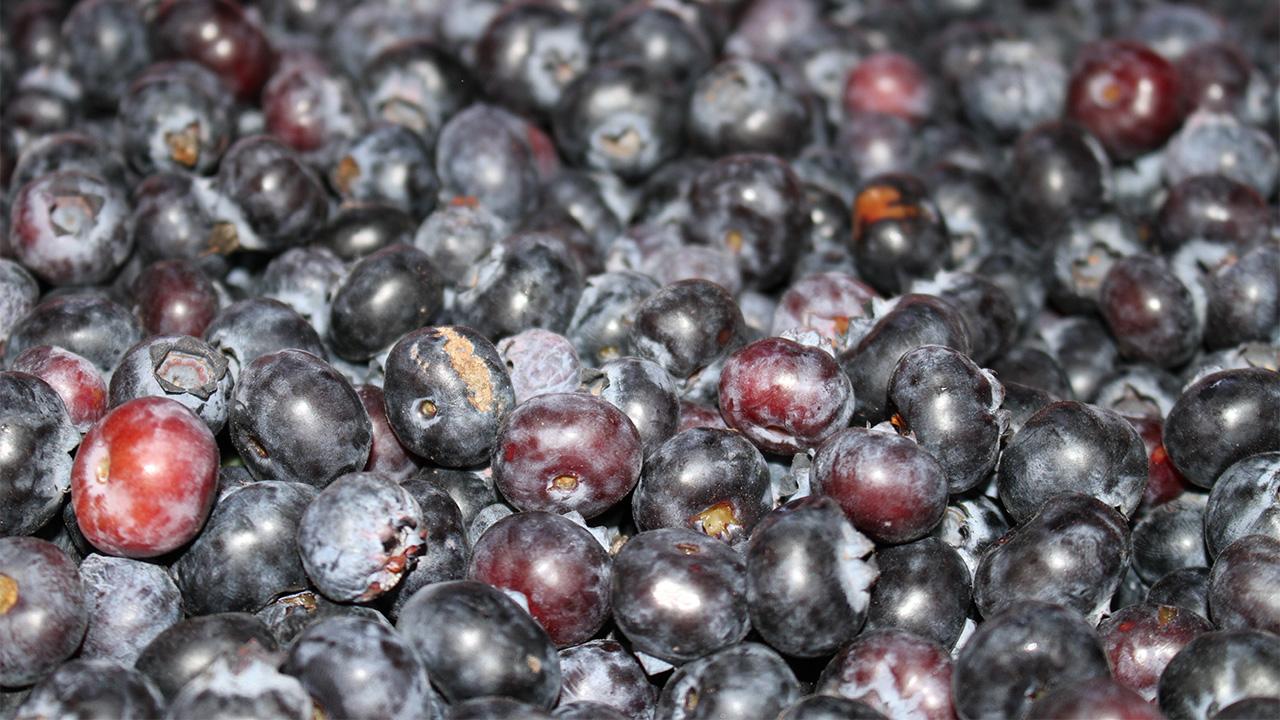
From “meh” to “mmmm!!”: More pleasing plums are a few steps away
Crisosto’s plan to boost quality and demand wins award

Plums on the tree can be difficult to judge for ripeness: Many of the varieties grown commercially attain their beautiful color before the fruit is mature. If harvested too soon, plums may not be sweet and flavorful, and they can develop problems in storage. But growers are wary of harvesting late: Fruit can get bruised or punctured, or even drop before harvest. All that impacts how consumers view this nutrition-packed fruit, potentially shifting the combined appearance, aroma and flavor from delight to disappointment.
Long-time tree-fruit and postharvest expert Carlos Crisosto has developed a method that helps growers judge the ideal time to pick their plums. It uses a simple tool to accurately measure the firmness of the fruit, rather than eyeing its color and giving it a squeeze. Trials in central California orchards showed this method allows growers to harvest later in the growing cycle, boosting sweetness and yielding more fruit, while avoiding bruising and other postharvest damage.
Crisosto’s article describing how to measure firmness for optimum harvest, plus steps to ensure postharvest deliciousness and a proposed consumer quality index, was published in the journal Horticulturae. In February, the article won the journal’s Editor’s Choice award. Crisosto is a distinguished professor of UC Cooperative Extension based in the UC Davis Department of Plant Sciences.
“Plum consumption has remained steady or even declined, while consumers complain of poor flavor,” Crisosto said. “So, I decided to investigate these barriers to consumption.”
While plums are a relatively small crop in California, the state produces almost the entire national supply of the fruit, according the state Department of Food and Agriculture. In 2021, the state’s harvest from 12,800 acres was valued at $91.7 million.
Postharvest path to yummy fruit

In addition to offering a more precise method to judge when to harvest, Crisosto gives guidelines for what comes next:
- Cool the plums as soon as they come off the trees.
- Refrigerate and store plums at 32 degrees, which is just above the fruit’s freezing point. Forced-air cooling can work for this.
- Take steps to reduce injury during transportation and handling.
These and more measures will result in overall higher quality, which will tickle customers’ palates and boost sales, Crisosto said.
Get details for these postharvest precautions in Crisosto’s article, “Establishing a Consumer Quality Index for Fresh Plums,” here.
Media Resources
- Trina Kleist, UC Davis Department of Plant Sciences, tkleist@ucdavis.edu, (530) 754-6148 or (530) 601-6846
